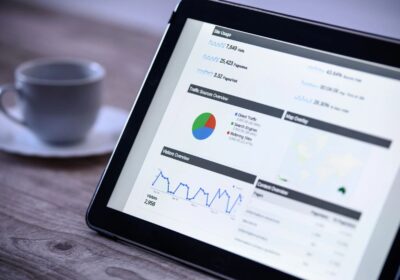
A Comparative Review: Kroger Performance Marketing vs. Other Retail Media Networks
Introduction
Kroger Performance Marketing stands out as a powerful retail media network in the grocery sector, but how does it compare to other major players like Walmart Connect, Target Roundel, and Instacart? This article compares Kroger’s performance marketing platform with its competitors, highlighting unique features and benefits for brands.
Table Of Content
Comparing Key Features
1. Targeting and Data Utilization
- Kroger: Kroger excels in using first-party data from its loyalty program, allowing advertisers to precisely target customers based on their purchase history, demographics, and even browsing behavior. This gives advertisers a strong edge in personalizing their campaigns.
- Walmart Connect: Walmart also leverages vast amounts of first-party data but has the added advantage of reaching a broader audience both online and in-store. The integration of Walmart’s retail ecosystem makes for a seamless experience across all channels.
- Target Roundel: Similar to Kroger, Target Roundel uses purchase data from its loyalty program, Cartwheel. However, it’s known for targeting based on life stages (e.g., new parents), which could be more specialized than Kroger’s approach.
- Instacart: Instacart relies heavily on data gathered from shopper preferences, but with a more limited audience compared to the other networks, focusing mainly on grocery shoppers.
2. Ad Formats and Placement
- Kroger: Offers an omnichannel approach, including in-store displays, onsite advertising on Kroger’s website and mobile apps, as well as offsite advertising through strategic partnerships.
- Walmart Connect: Features a wide variety of placements, from sponsored products to display ads across Walmart’s site and third-party sites. Walmart also has an in-store advertising presence.
- Target Roundel: Provides options for sponsored products, display ads, and in-store promotions. However, Target is more retail-oriented, focusing on broader lifestyle categories like home, apparel, and beauty.
- Instacart: Primarily focused on sponsored listings and display ads, Instacart targets consumers on the grocery shopping app and site.
3. Pricing and ROI
- Kroger: Known for competitive pricing with high return on ad spend (ROAS). Its ability to target high-intent customers through detailed first-party data allows for more efficient budget allocation.
- Walmart Connect: Also offers cost-effective advertising, though sometimes at a higher premium due to its extensive reach. However, its broad network often results in a higher overall ROI.
- Target Roundel: Generally more expensive, but the ROI is strong due to its audience targeting, especially with life-stage and seasonal targeting.
- Instacart: Pricing can vary widely based on product category, but it remains an affordable option for brands looking to target the grocery shopper audience, with a relatively high ROI for certain verticals.
Key Advantages of Kroger Performance Marketing
- First-Party Data: Kroger’s loyalty program provides a deep insight into consumer behavior, enabling highly personalized ads and promotions.
- Grocery and Pharmacy Focus: As a leader in the grocery sector, Kroger is highly effective for targeting customers who are focused on food, household products, and health-related items.
- Omnichannel Integration: With the ability to advertise both in-store and online, brands can reach customers at every stage of their shopping journey.
Conclusion
While Walmart Connect, Target Roundel, and Instacart each have their strengths, Kroger Performance Marketing stands out for its unparalleled focus on grocery and pharmacy products, and its use of deep customer insights through loyalty programs. For brands looking to reach customers within the grocery space, Kroger’s platform offers a compelling and data-driven approach to advertising that rivals its competitors.






